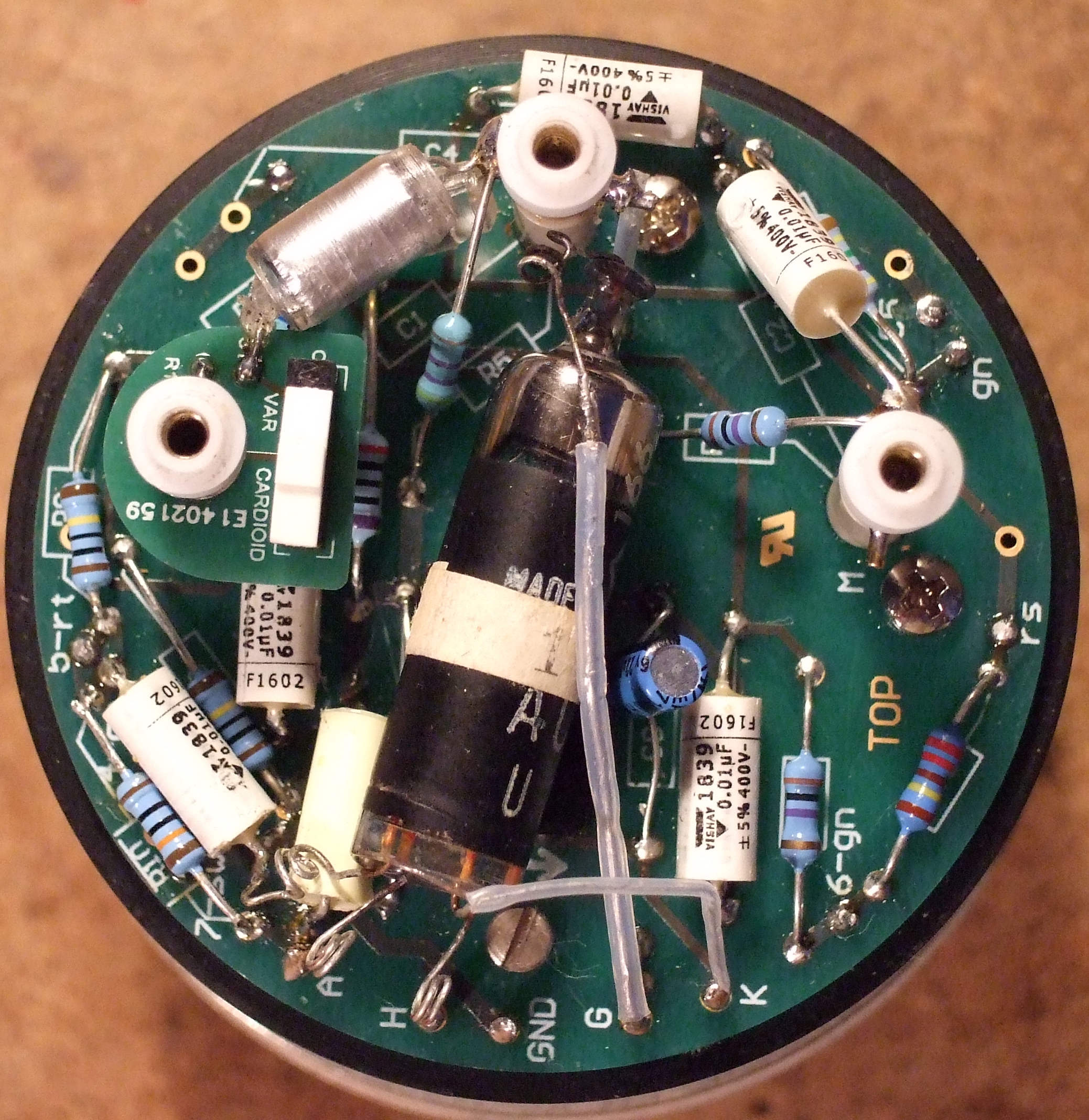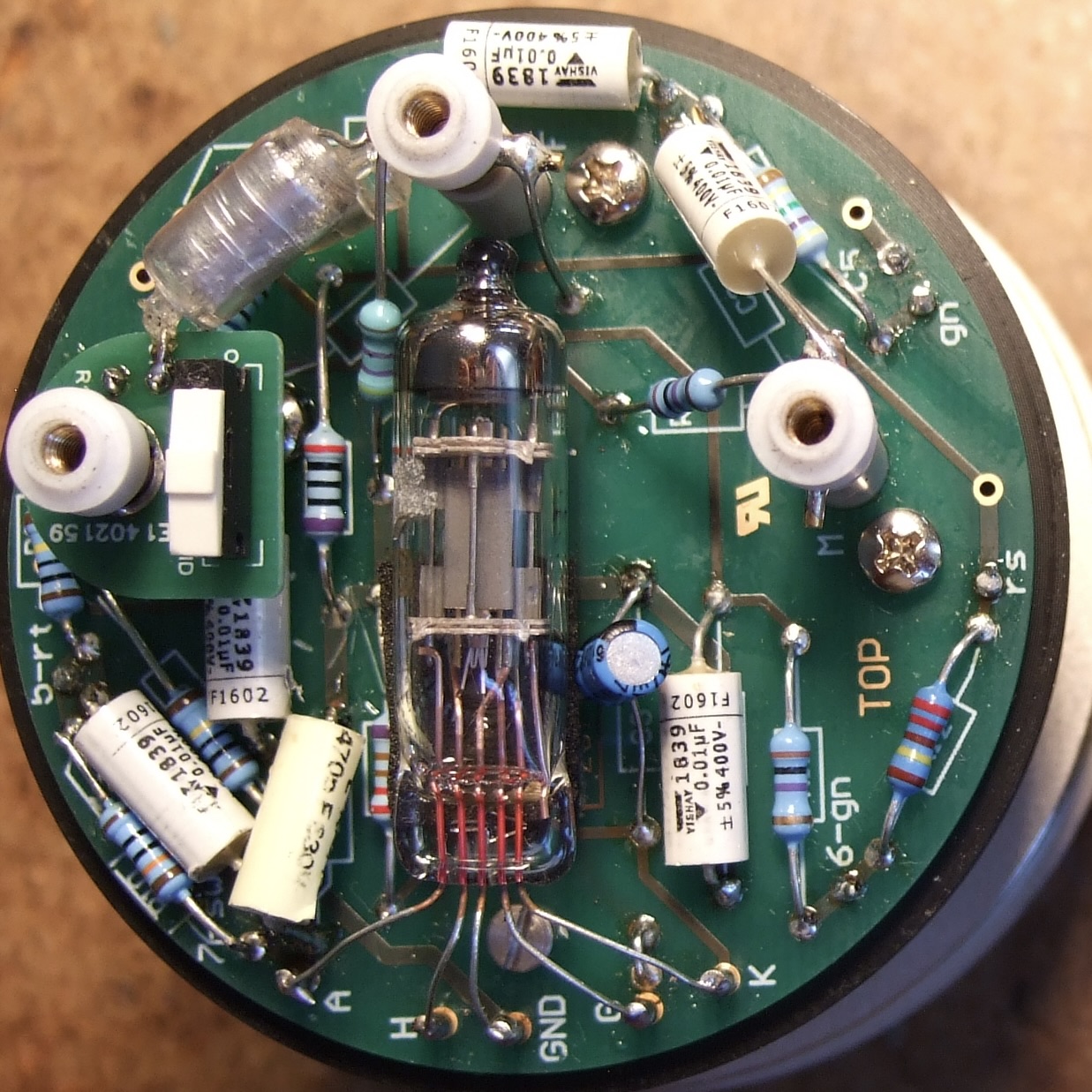klausheyne
Member
- Joined
- Jun 4, 2016
- Messages
- 19
Don't use my copyrighted photos without attribution!From what I've read, they can't produce more than 25 pcs./month.
(Especially because "there are only three people on this planet who can assemble a M49V". Well,I doubt that...)




































